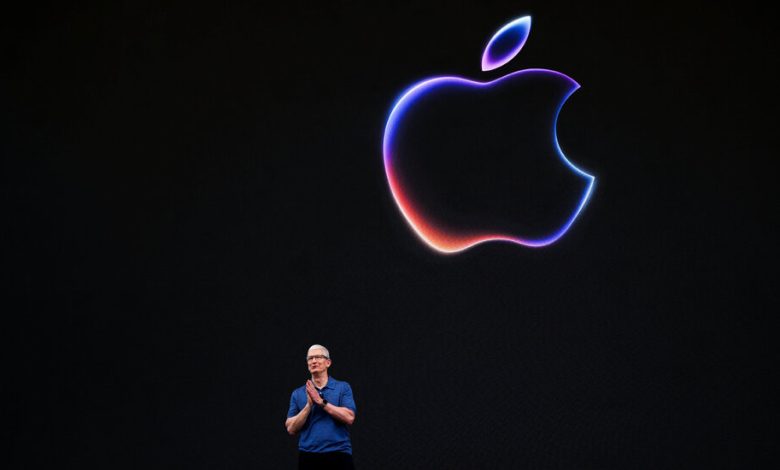Apple Jumps Into A.I. Fray With Apple Intelligence

Nearly two years after OpenAI ignited a race to add generative artificial intelligence into products, Apple jumped into the competition on Monday, with plans to bring the technology to more than a billion iPhone users around the world.
Early into a two-hour presentation from its futuristic Silicon Valley campus, Apple revealed that it would be using generative A.I. to power what it is calling Apple Intelligence. The system will prioritize messages and notifications and offer writing tools that are capable of proofreading and suggesting what users have written in emails, notes or text. It also will result in a major upgrade for Siri, Apple’s virtual assistant.
While introducing its new A.I. features, Apple emphasized how it planned to integrate the technology into its products with privacy in mind.
The company said that the technology, which can answer questions, create images and write software code, would perform sensitive tasks like determining if a rescheduled meeting time would complicate plans to attend a child’s theater performance on the iPhone rather than in data centers where personal information would have a greater risk of being compromised. For complex requests, it has created cloud network with Apple semiconductors that, it said, is more private because it’s not stored or accessible, even by Apple.
“As we look to build in these incredible new capabilities, we want to be sure that the outcome reflects the principles at the core of our products,” said Tim Cook, the chief executive of Apple. “It has to be powerful enough to help the things that matter the most to you. It has to be intuitive and easy to do.”
Apple also said that it would be making improvements to its iPhone software system. This fall, messaging will add the ability to schedule messages and respond to messages by tapping back with more emojis. Apple will also release a redesigned Photos app to make it easier to browse images by topics like pets and travel. And it said that iPhone users would be able to send high-resolution images to Android smartphones.
